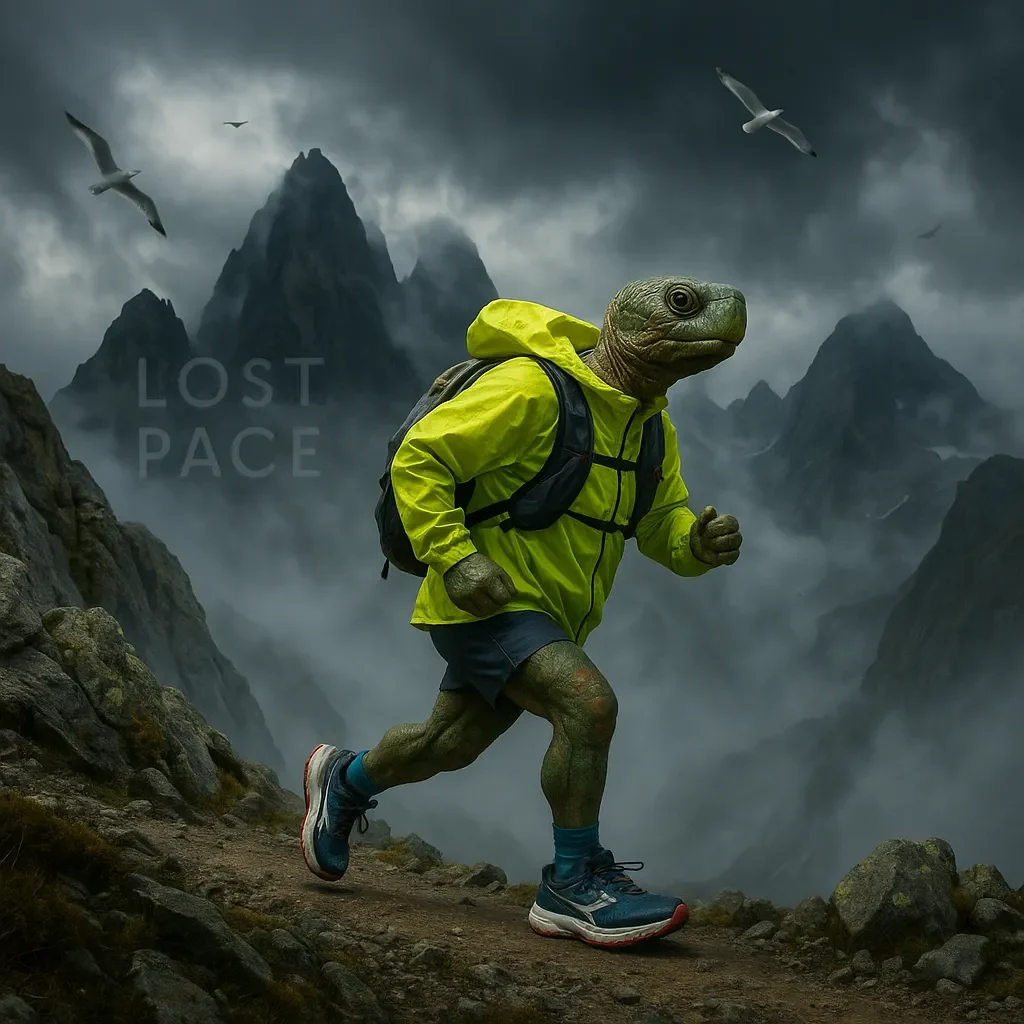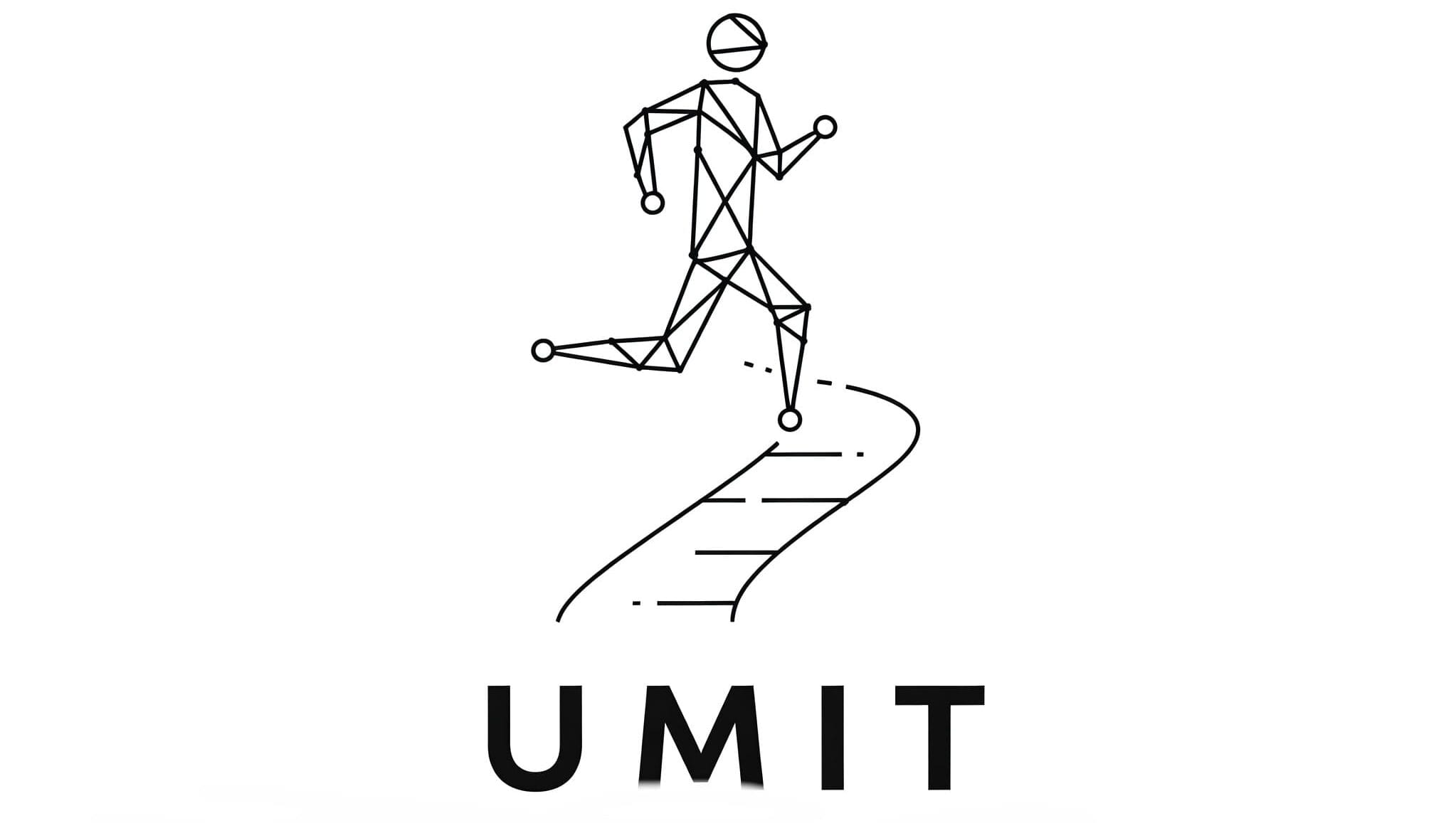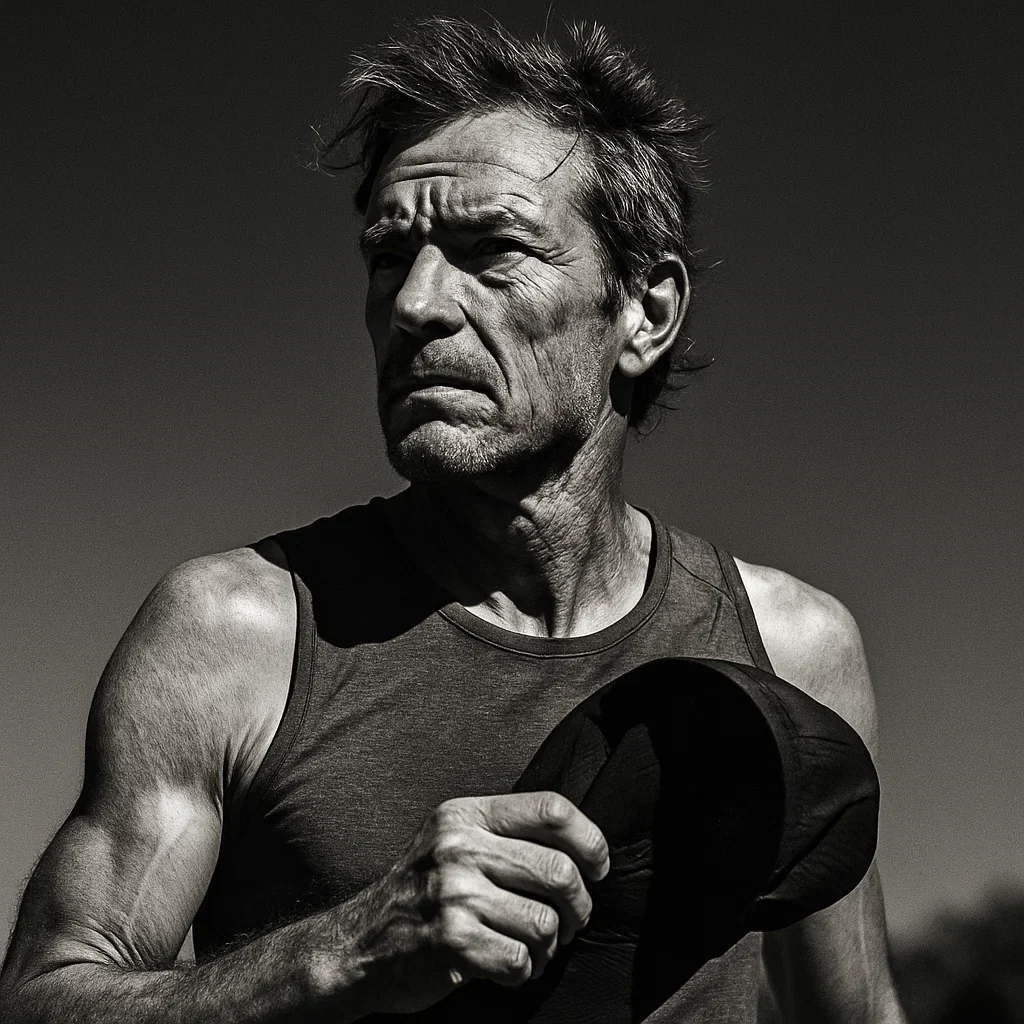🟢 Introduction
You’ve heard the rumors — the saggy cheeks, the sunken look, the idea that running “ages your face.” It even has a name: Runner’s Face.
But is it real? Or just another fitness myth?
As running grows in popularity, more people are noticing changes in their appearance and wondering:
“Is my training making me look older?”
In this article, we dive deep into the science, the myths, and the truth behind Runner’s Face — what causes it, whether running is to blame, and how to protect your skin while chasing your goals.
Spoiler alert: running isn’t the villain — but how you treat your skin while doing it might be.
🔍 1. What Is “Runner’s Face”?
“Runner’s Face” is a term popularized in beauty circles to describe a gaunt, hollow-cheeked appearance supposedly common in long-distance runners. It often includes:
- Drooping skin, especially around cheeks and jaw
- Fine lines or deeper wrinkles
- A tired or “drawn” look
- Loss of facial fat or volume
The idea is that repetitive motion, bouncing, and high-impact cardio cause skin to sag over time — but this isn’t the full story.
Most dermatologists agree: movement doesn’t “pull down” your skin. Aging, sun damage, and genetics do.
👤 What Actually Affects Facial Aging?
- UV exposure (main cause of visible aging!)
- Loss of collagen and elastin due to time and lifestyle
- Low body fat % in endurance athletes
- Dehydration and stress on skin from long workouts
- Inadequate skincare routines
In other words, Runner’s Face isn’t caused by running — but by how you run, fuel, recover, and protect your skin.
☀️ 2. The Real Culprit: Sun Exposure
If there’s one thing that prematurely ages a runner’s skin — it’s not movement. It’s sunlight.
☠️ UV Radiation = Collagen Destruction
- UVA rays penetrate deep into the skin, breaking down collagen and elastin.
- UVB rays cause surface damage and burns.
- Both lead to wrinkles, sunspots, and sagging over time.
Runners often train outdoors, for hours, in the sun — and that cumulative exposure adds up fast.
Especially on:
- Cheeks
- Nose bridge
- Forehead
- Neck
- Under-eye area
🛡️ How to Protect Your Face:
- Daily broad-spectrum SPF 30 or higher, even on cloudy days
- Wear visors, hats, or UV sleeves
- Use zinc-based sunscreens around eyes and sensitive areas
- Reapply every 80–90 minutes during long runs
The sun ages your face more than any marathon ever could.
⚖️ 3. The Role of Body Fat, Hydration, and Skin Tone
While sun is the biggest skin-aging factor for runners, your body composition and hydration habits also shape your facial appearance — and how others perceive “Runner’s Face.”
💀 Low Body Fat = Less Facial Volume
Long-distance runners often maintain a very lean physique. This may improve performance, but it can also:
- Reduce subcutaneous fat in the face (especially cheeks and temples)
- Highlight bone structure, making the face appear hollow or aged
- Create shadows under the eyes or around the mouth
It’s not aging — it’s anatomy.
The same face at 12% body fat and 8% will look noticeably different, even if you’re 25 years old.
💧 Dehydration Makes It Worse
Inadequate hydration before or after a run can leave your skin:
- Tight and flaky
- Sunken in appearance
- Less elastic, especially under the eyes and around lips
Solution?
- Drink fluids throughout the day
- Add electrolytes if your sweat rate is high
- Eat hydrating foods: cucumber, citrus, watermelon
- Supplement with omega-3s, zinc, and collagen if needed
🧬 Skin Tone & Genetics Matter
People with lighter skin tones typically show sun damage sooner (wrinkles, spots).
Darker skin tones often develop hyperpigmentation or uneven texture with sun damage — but less visible sagging.
Your genes also determine:
- How much collagen you naturally produce
- How well your skin holds water
- Where you tend to lose fat as you age
“Runner’s Face” is not just about running — it’s about who you are + how you care for yourself.
🧪 4. Myths vs. Science: What Running Really Does to Your Face
Let’s separate fear-mongering from fact.
| Myth | Truth |
|---|---|
| “Running pulls down your skin” | No evidence. Skin doesn’t sag from movement. |
| “Cardio ages your face” | No — cardio improves circulation and skin tone. |
| “You lose too much fat from your face” | Only if you’re at a very low body fat level. |
| “All runners look older” | Plenty of runners look younger due to lifestyle balance. |
| “Only women get Runner’s Face” | Both men and women can experience volume loss or sun damage. |
✅ What Running Does for Your Skin:
- Boosts blood circulation, which enhances glow
- Reduces stress hormones, which damage collagen
- Improves sleep and hormonal balance, both key for skin repair
- Encourages sweating, which can flush out toxins (if washed off properly)
The truth? Running helps your skin — if you recover right, fuel smart, and protect from the sun.
✅ Final Thoughts
“Runner’s Face” sounds dramatic — even scary — especially if you care about your appearance as much as your pace.
But let’s clear something up:
🏃 Running doesn’t age your face. Neglect does.
Yes, running makes you leaner. It puts you in the sun. It challenges your hydration.
But it also gives you:
- Better blood flow
- Lower stress levels
- A sharper jawline
- A radiant post-run glow
- A healthier heart and brain
The real problem isn’t the run — it’s what happens before and after:
- Skipping sunscreen
- Ignoring hydration
- Going too low in body fat
- Not moisturizing or recovering skin properly
- Not fueling your body with collagen-supporting nutrients
The face you see in the mirror reflects more than your sport — it reflects your lifestyle.
So the next time someone brings up “Runner’s Face,” remind them:
It’s not about the run — it’s about how you recover from it.
Train smart. Moisturize. Wear sunscreen. Eat well. Smile.
And if your face looks a little leaner from chasing your dreams? That’s not aging — that’s dedication.
❓ Frequently Asked Questions
😟 Is “Runner’s Face” a real condition?
🏃 Does running actually cause facial sagging?
☀️ Is sun exposure the main cause of Runner’s Face?
💧 Can dehydration make my face look older?
🧴 Should I change my skincare routine as a runner?
🏖️ What’s the best sunscreen for runners?
⚖️ Why do some runners look more aged than others?
🧬 Does body fat affect how old my face looks?
🌙 Can sleep help prevent facial aging?
🌡️ What about cold or windy weather?
🧖 Do facial exercises help reverse Runner’s Face?
🍎 Can diet improve facial skin?
🧪 Is collagen supplementation worth it?
💄 Will moisturizers fix Runner’s Face?
🕶️ Should I wear sunglasses when I run?
🧂 Can electrolyte imbalance show on my face?
🌿 Should I use retinol as a runner?
🧼 Can too much cleansing harm facial skin?
💉 Are facial fillers an option?
📆 At what age should I start caring about Runner’s Face?
📚 Further Reading
🔗 Related Articles from Our Blog
How to protect your face from UV damage while training outdoors.
Why fluid balance matters more than you think for your skin.
Tips to prevent flakiness, irritation, and tight skin post-run.
🌐 External Resources
🧠 Quick Quiz: Is “Runner’s Face” Fact or Fiction?
- What is the main environmental factor that contributes to facial aging in runners?
- True or False: Running causes your skin to sag due to repetitive motion.
- Which type of sunscreen ingredient is best for eye-safe protection?
- Name one internal and one external cause of facial volume loss.
- How does running actually benefit your skin health?
✅ Quiz Answers
- 1. UV radiation (sun exposure)
- 2. False — there’s no evidence that movement causes sagging
- 3. Zinc oxide (a physical/mineral sunscreen)
- 4. Internal: low body fat — External: sun damage or dehydration
- 5. Improves circulation, lowers stress, enhances collagen repair (indirectly)
🔗 Share this myth-busting guide with your running community

About the Author
Lost Pace is an ultramarathon runner, shoe-tester and the founder of umit.net. Based year-round in Türkiye’s rugged Kaçkar Mountains, he has logged 10,000 + km of technical trail running and completed multiple 50 K–100 K ultras.
Blending mountain grit with data, Lost analyses power (CP 300 W), HRV and nutrition to craft evidence-backed training plans. He has co-written 260 + long-form guides on footwear science, recovery and endurance nutrition, and is a regular beta-tester of AI-driven coaching tools.
When he isn’t chasing PRs or testing midsoles, you’ll find him sharing peer-reviewed research in plain English to help runners train smarter, stay healthier and finish stronger.
Ultrarunner · Data geek · Vegan athlete

